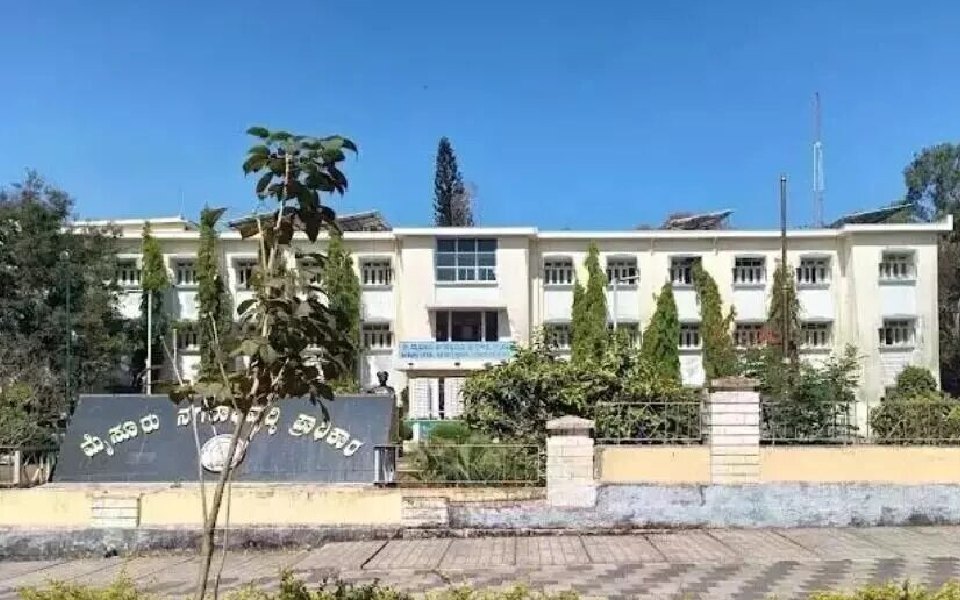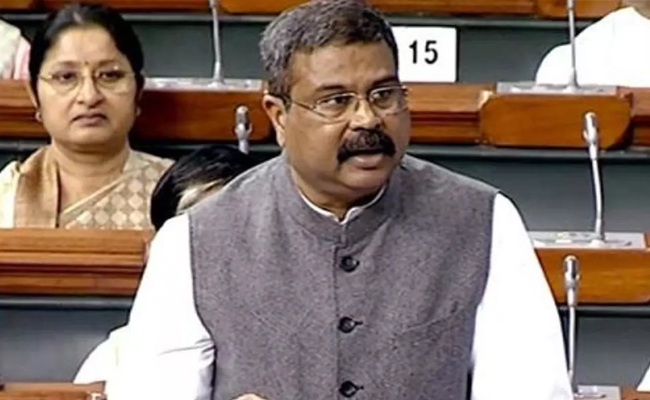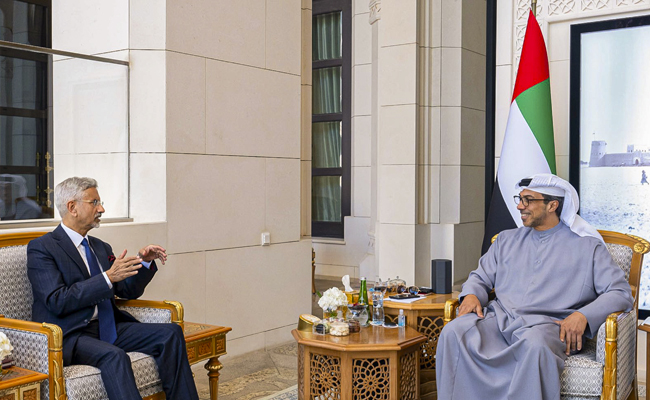Bengaluru: The Special Court for People's Representatives, which heard the petition filed by the Enforcement Directorate (ED) challenging the Lokayukta 'B' Report that stated Chief Minister Siddaramaiah had no role in the Mysuru Urban Development Authority (MUDA) illegal land allotment case, has reserved its verdict.
During the hearing, the Lokayukta's lawyer said that the petition filed by the ED is not allowed under the law. There is no clarity about the investigation in the ED's petition. The ED had given a letter and 27 documents to the Lokayukta police. Based on these documents, the Lokayukta Investigating Officer filed the 'B' Report.
The ED's letter was also leaked to the media. This letter and the documents are included on page 646 of the charge sheet. The Lokayukta Investigating Officer's opinion has also been recorded. The ED is not an aggrieved party and does not have the right to question the 'B' Report. The ED is not allowed to file such an interim application, lawyer Venkatesh Arabatdi argued, citing a Supreme Court verdict.
“The Lokayukta Investigating Officer examined all the documents collected by the police and others and gave their opinion. If the ED, a third party, is allowed to intervene, it will create complications,” lawyer Venkatesh Arabatdi urged, requesting that the ED's application not be considered.
Later, ED lawyer Madhukar Deshpande argued that the ED is a statutory informant under Section 66(2) of the PMLA Act. The ED’s powers were clarified in the Vijay Madanlal Chaudhary case. Judgments in the Martin and Nagaraj cases in 2022 also upheld the ED's powers. The Supreme Court ruled that ED and local police investigations should be complementary. In such cases, the aggrieved person does not need to be directly affected. The ED can also file a complaint against the 'B' Report, he argued.
following which, the lawyer for the complainant, Snehamayi Krishna, argued that if any person provides information, they should be considered a witness.
But while the Lokayukta police gave one version, the ED gave another. The Lokayukta said the police had not considered the ED's report.
The court, after hearing all arguments, reserved its order for April 15.
Let the Truth be known. If you read VB and like VB, please be a VB Supporter and Help us deliver the Truth to one and all.
New Delhi: A bill to set up a 13-member body to regulate institutions of higher education was introduced in the Lok Sabha on Monday.
Union Education Minister Dharmendra Pradhan introduced the Viksit Bharat Shiksha Adhishthan Bill, which seeks to establish an overarching higher education commission along with three councils for regulation, accreditation, and ensuring academic standards for universities and higher education institutions in India.
Meanwhile, the move drew strong opposition, with members warning that it could weaken institutional autonomy and result in excessive centralisation of higher education in India.
The Viksit Bharat Shiksha Adhishthan Bill, 2025, earlier known as the Higher Education Council of India (HECI) Bill, has been introduced in line with the National Education Policy (NEP) 2020.
The proposed legislation seeks to merge three existing regulatory bodies, the University Grants Commission (UGC), the All India Council for Technical Education (AICTE), and the National Council for Teacher Education (NCTE), into a single unified body called the Viksit Bharat Shiksha Adhishthan.
At present, the UGC regulates non-technical higher education institutions, the AICTE oversees technical education, and the NCTE governs teacher education in India.
Under the proposed framework, the new commission will function through three separate councils responsible for regulation, accreditation, and the maintenance of academic standards across universities and higher education institutions in the country.
According to the Bill, the present challenges faced by higher educational institutions due to the multiplicity of regulators having non-harmonised regulatory approval protocols will be done away with.
The higher education commission, which will be headed by a chairperson appointed by the President of India, will cover all central universities and colleges under it, institutes of national importance functioning under the administrative purview of the Ministry of Education, including IITs, NITs, IISc, IISERs, IIMs, and IIITs.
At present, IITs and IIMs are not regulated by the University Grants Commission (UGC).
Government to refer bill to JPC; Oppn slams it
The government has expressed its willingness to refer it to a joint committee after several members of the Lok Sabha expressed strong opposition to the Bill, stating that they were not given time to study its provisions.
Responding to the opposition, Parliamentary Affairs Minister Kiren Rijiju said the government intends to refer the Bill to a Joint Parliamentary Committee (JPC) for detailed examination.
Congress Lok Sabha MP Manish Tewari warned that the Bill could result in “excessive centralisation” of higher education. He argued that the proposed law violates the constitutional division of legislative powers between the Union and the states.
According to him, the Bill goes beyond setting academic standards and intrudes into areas such as administration, affiliation, and the establishment and closure of university campuses. These matters, he said, fall under Entry 25 of the Concurrent List and Entry 32 of the State List, which cover the incorporation and regulation of state universities.
Tewari further stated that the Bill suffers from “excessive delegation of legislative power” to the proposed commission. He pointed out that crucial aspects such as accreditation frameworks, degree-granting powers, penalties, institutional autonomy, and even the supersession of institutions are left to be decided through rules, regulations, and executive directions. He argued that this amounts to a violation of established constitutional principles governing delegated legislation.
Under the Bill, the regulatory council will have the power to impose heavy penalties on higher education institutions for violating provisions of the Act or related rules. Penalties range from ₹10 lakh to ₹75 lakh for repeated violations, while establishing an institution without approval from the commission or the state government could attract a fine of up to ₹2 crore.
Concerns were also raised by members from southern states over the Hindi nomenclature of the Bill. N.K. Premachandran, an MP from the Revolutionary Socialist Party representing Kollam in Kerala, said even the name of the Bill was difficult to pronounce.
He pointed out that under Article 348 of the Constitution, the text of any Bill introduced in Parliament must be in English unless Parliament decides otherwise.
DMK MP T.M. Selvaganapathy also criticised the government for naming laws and schemes only in Hindi. He said the Constitution clearly mandates that the nomenclature of a Bill should be in English so that citizens across the country can understand its intent.
Congress MP S. Jothimani from Tamil Nadu’s Karur constituency described the Bill as another attempt to impose Hindi and termed it “an attack on federalism.”



_vb_22.jpeg)

